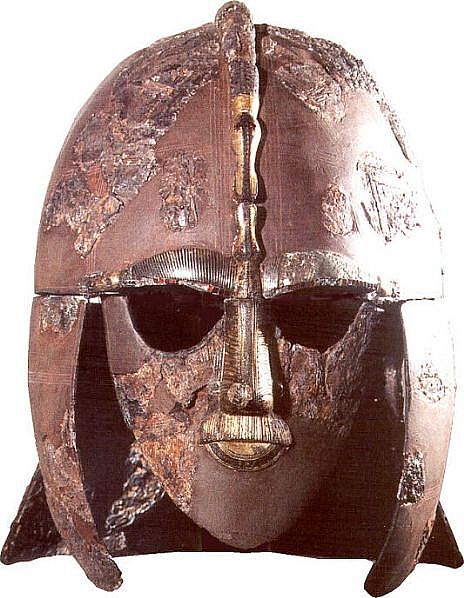Characteristics
Basically all literature and poetry in that time was based on legends or religious stories involving heros and religiously significant people. The most common types of literature were chronicles, epic poetry, hagiographie and riddles. Epic poetry is oral poetry that was passed on from "mouth to mouth" through generations. These stories often have several different versions since sometimes as people told them differently the story changed in to different directions. Epic poetry often has references to significant events to a culture or nation.
Hagiographies are stories about the lives of christian saints, focusing on their miracles.
Most of the literature from the Anglo-Saxon period were orally performed amongst the people and so great emphasis was put into the sounding of these works.
Rhytm was an important part of the old Anglo-Saxon literature, since most of it was poetry. Many of these works were made into songs. The germanic metre was very common.
The Works
It is very difficult to name any writers from the Anglo-Saxon period, because only manuscripts have been preserved from that time.
The most famous epic was Beowulf, which was a heroic poem of Scandinavian man, who defeats a great dragon but dies wounded in the end as an epic hero. Beowulf has been recognized as one of the bases of the English literature.
Junius manuscript includes five different parts which are Exodus, Christ and Satan, Genesis A & B and Daniel. This manuscript gives Christian viewpoint to the heroic stories by interpreting the important aspects that are present in the base of Christianity such as the Fall of Satan and the sacrifice of Isaac.
The Exeter Book written by the bishops of Exeter is a collection of Anglo-Saxon riddles and elegies. An exact time for the writing of this cannot be determined but it can be estimated that it was somewhere between 960-990 AD.
An example of an old riddle from the Exeter book:


Good! The post was clear and gave good basic information on the period. The example was really cool and it made it obvious how much the English language has changed.
ReplyDeleteNice post! I really think the old English language is fascinating! I like your post, though there could perhaps be some more pictures to make it more visual. Great job! :)
ReplyDeleteNice work :D I like the example of the Old English Language (and it´s good that you translated it) This post was interesting :)
ReplyDelete